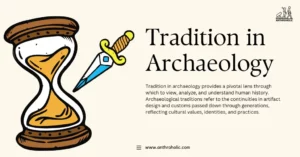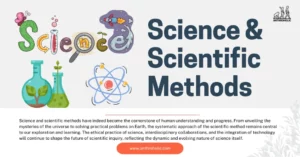AI Answer Evaluation Platform Live Now. Try Free Answer Evaluation Now
Syntax in a Language
Syntax in a Language is the study of sentence structures, remains a focal point in the expansive field of anthropological linguistics [1]. By examining syntax within different languages, we can garner insights into the cognitive and cultural processes shaping human communication.

Syntax Defined
Linguists define syntax in a language as the set of rules governing sentence construction in a language. These rules govern the order and relationships among words, phrases, and clauses [2].
Syntactic Components
Core syntactic components include:
- Noun Phrases (NP): Groups of words centered around a noun.
- Verb Phrases (VP): Groups of words centered around a verb.
- Prepositional Phrases (PP): Groups of words initiated by a preposition.
- Clauses: Contain at least a subject (NP) and a predicate (VP).
Syntactic Diversity in Languages
Languages globally display a wide range of syntactic structures [3]. For example, in English, the standard sentence structure is Subject-Verb-Object (SVO). However, in Japanese, the standard structure is Subject-Object-Verb (SOV).
Here is an example comparing sentence structure in English and Japanese:
| English | Japanese |
|---|---|
| She (S) eats (V) an apple (O). | 彼女は (S) リンゴを (O) 食べます (V). |
This variation highlights how syntax rules can be flexible yet follow a specific order in different languages.
The Role of Syntax in Language Acquisition
Syntax rules are implicitly learned, with children acquiring their native language’s syntactic structures through exposure and interaction [4]. This process of language acquisition offers a window into cognitive development and cultural immersion.
Syntactic Development Stages
Syntactic Typology
The classification of languages based on their syntactic structures is known as syntactic typology. Broadly, languages can be classified into Subject-Object-Verb (SOV), Subject-Verb-Object (SVO), Verb-Subject-Object (VSO), and other less common structures.
Below is a comparison of these categories using the sentence “John eats apples”:
| Structure | Example |
|---|---|
| SOV (Turkish) | John elma yiyor. |
| SVO (English) | John eats apples. |
| VSO (Irish) | Itheann John úlla. |
These examples underline the diversity and richness of global languages, emphasizing how cultural factors can influence sentence construction.
Syntax Errors and Language Processing
The brain’s ability to detect and correct syntax errors illustrates the deeply ingrained nature of these rules. Research shows that even when individuals are not consciously aware of an error, their brains respond differently to syntactically correct and incorrect sentences, pointing towards an inherent syntactic understanding.
Syntax and Computational Linguistics
In the digital age, understanding syntax has become crucial for creating advanced Natural Language Processing (NLP) algorithms. These algorithms rely on syntactic rules to comprehend and generate human language accurately, significantly impacting fields like machine translation, automated text analysis, and voice recognition technology.
Syntax and Anthropological Linguistics
Within anthropological linguistics, syntax holds a crucial position. Studying it offers insights into how communities use language and helps uncover cultural assumptions and practices.
Syntax as a Window into Culture
Differences in syntactic structures often reflect cultural variances. For instance, in the Toda language of Southern India, the verb usually comes first in a sentence. This structure might suggest a cultural emphasis on action.
Syntax and Linguistic Relativity
The theory of linguistic relativity posits that the structure of a language influences the speakers’ worldview. Therefore, syntactic structures might impact how speakers perceive and categorize their experiences.
Future Directions in Syntax Research
The study of syntax continues to evolve, with researchers integrating insights from cognitive science, artificial intelligence, and cultural anthropology. As we deepen our understanding of syntax, we also enhance our knowledge about human cognition, culture, and communication.
Conclusion
Syntax forms the backbone of human communication, guiding how we construct meaningful sentences. It offers an anthropological lens through which we can appreciate the diverse ways human societies use language to share ideas, express emotions, and construct realities. As we continue to explore the intricacies of syntax, we forge a clearer path towards understanding humanity itself.
References
[1] Duranti, Alessandro. (2001). Linguistic Anthropology: A Reader. Wiley-Blackwell.
[2] Chomsky, Noam. (1957). Syntactic Structures. Mouton de Gruyter.
[3] Greenberg, Joseph H. (1963). “Some universals of grammar with particular reference to the order of meaningful elements.” Universals of Language. MIT Press.
[4] Brown, Roger. (1973). A First Language: The Early Stages. Harvard University Press.




